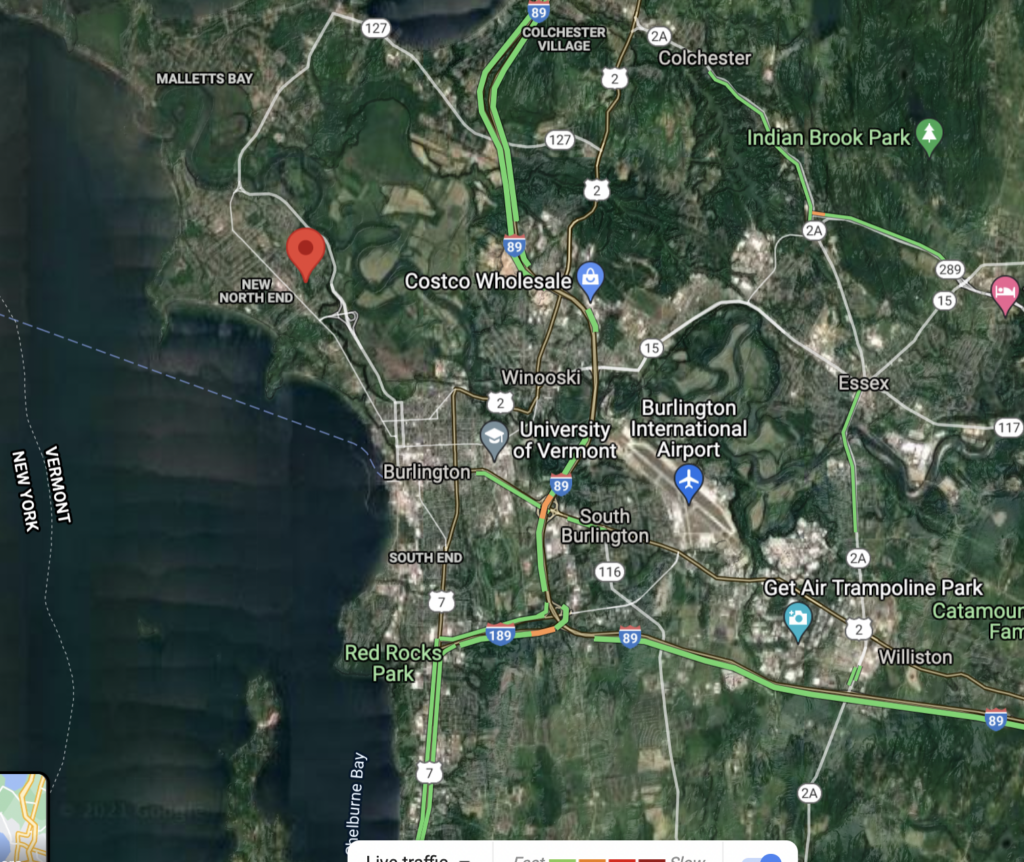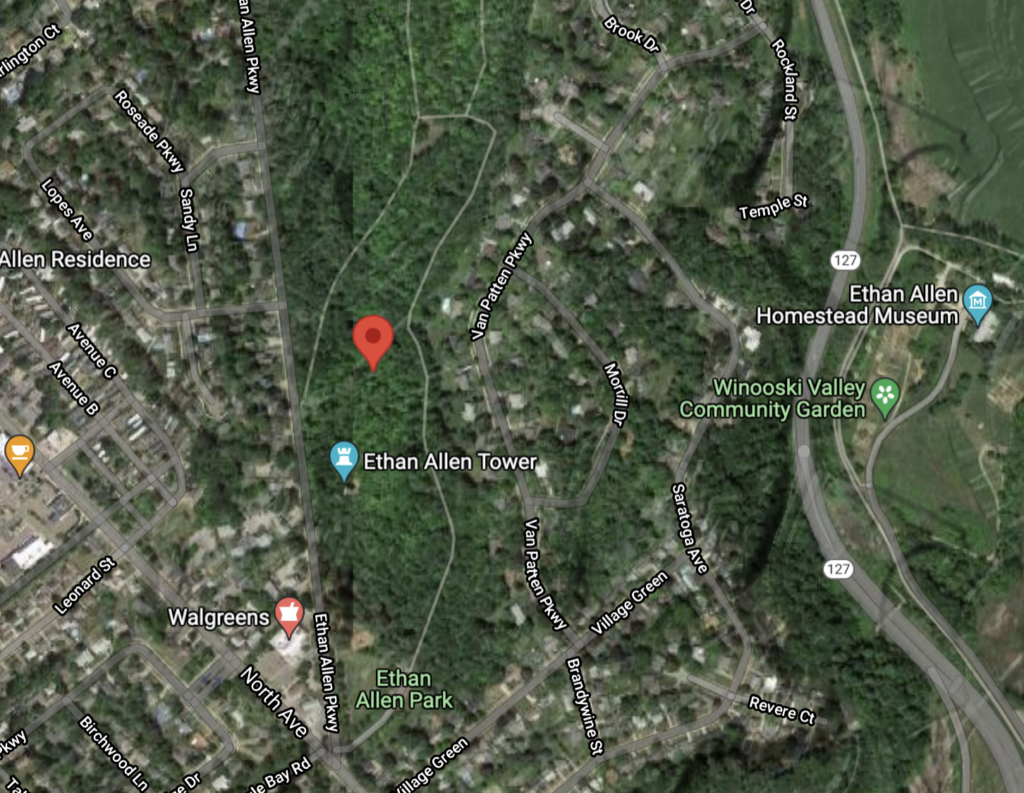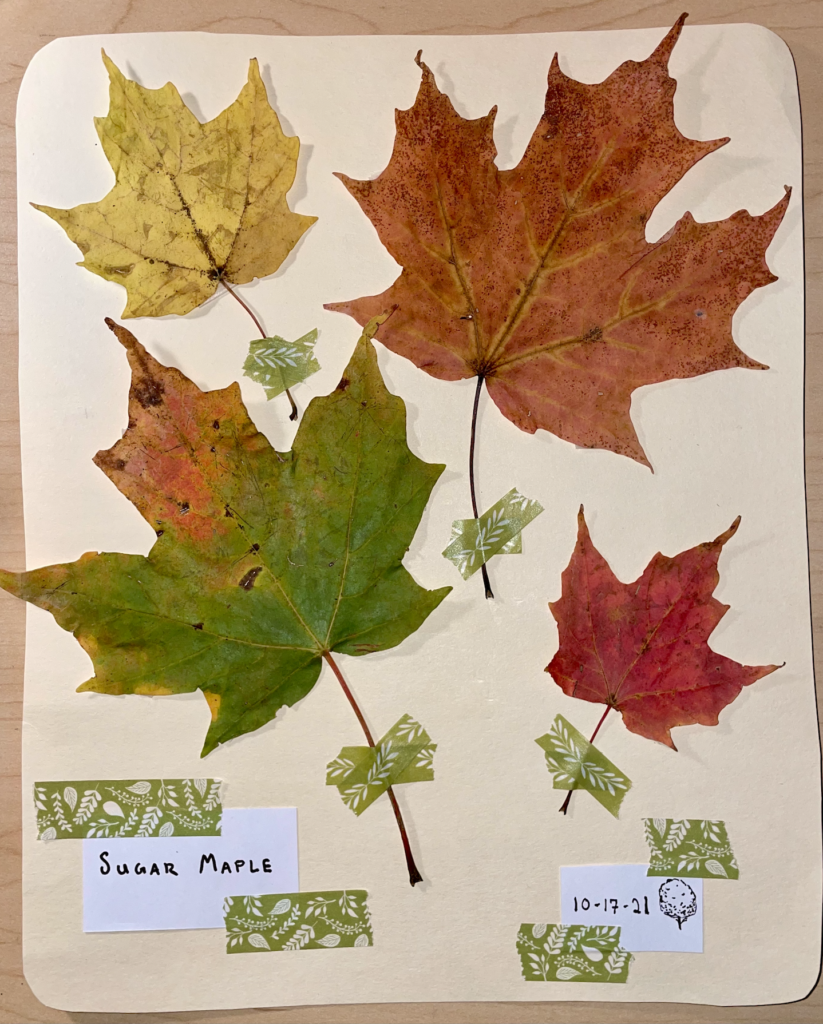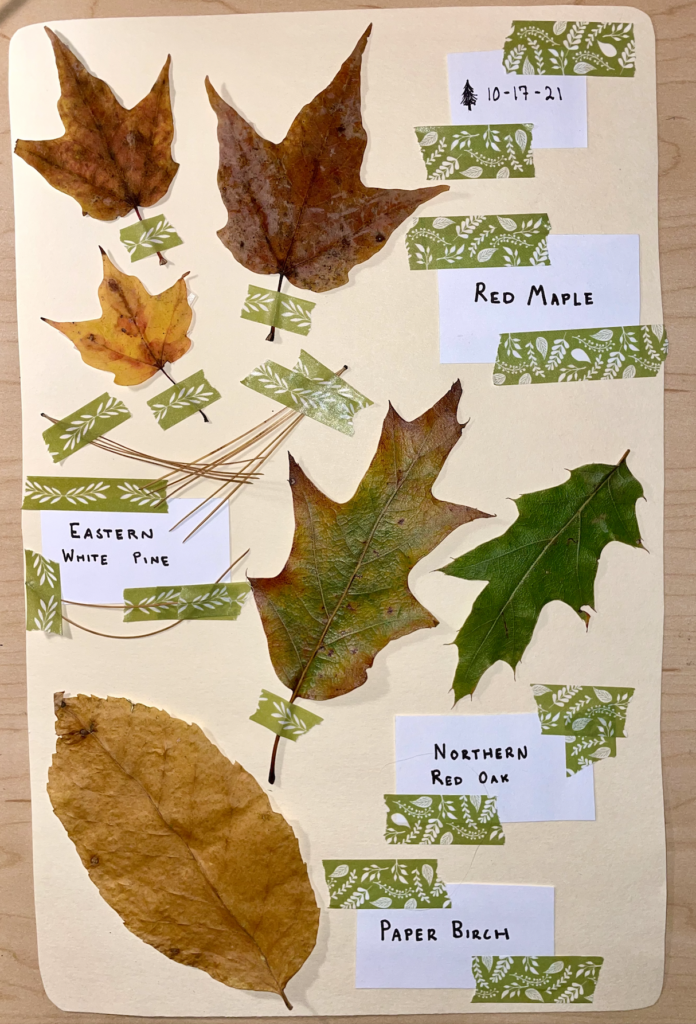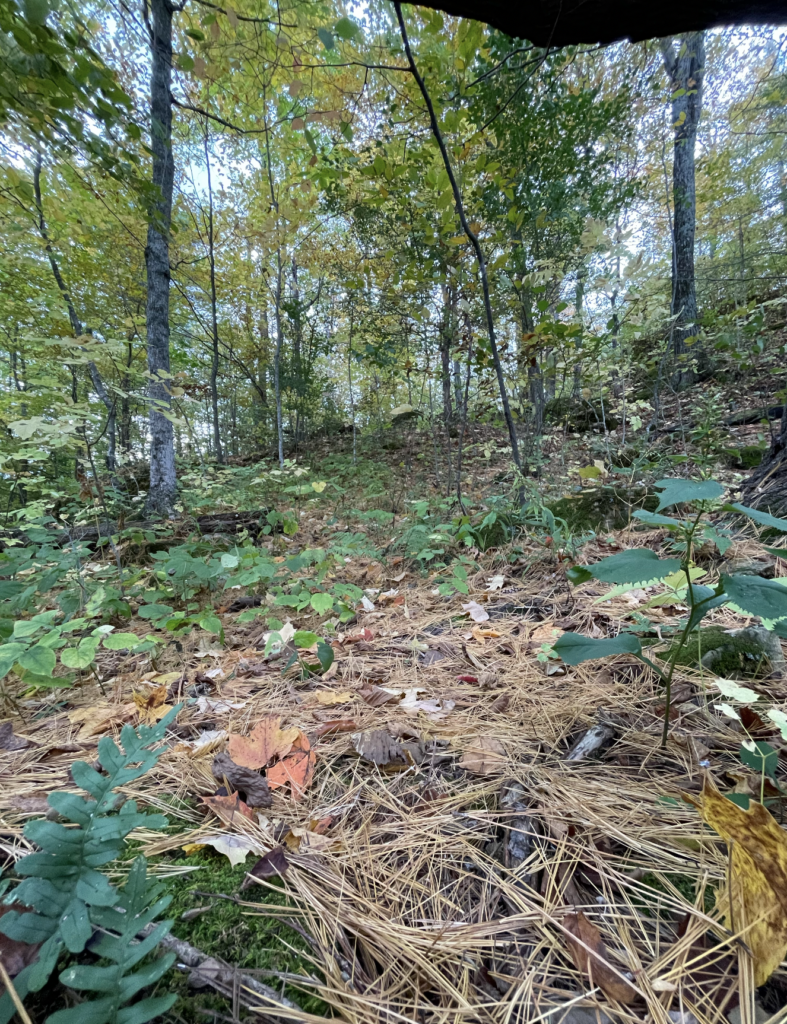Hi, welcome to my first blog post as part of my phenology assignment for NR1!
It has been a little confusing trying to figure out how to get this site up and running, but now that it is set up I’m so excited to keep exploring and figuring out all the fun things I can do and share on here throughout the year.
Other than difficulties figuring out how to use the website, I also had some difficulties making the decision of what phenology spot I should choose. After hearing about the project in lecture, I asked my outdoorsy friends and classmates if they had any suggestions as to which location I should choose. I made plans with my dorm neighbor and fellow NR1 student, Megan Sutor, to scout out a location over the long weekend. One place that grabbed my attention as soon as the words came out of her mouth was the Burlington Sea Caves, located in Arthur Park. However, our excitement about the caves was quickly dampened by the fact that they are not accessible without a canoe or some sort of flotation device during this time of year, something we did not realize until our boots were getting sucked into the muck at the water’s edge. Although it was disappointing at the time, we both got some comedic relief from the fact that neither of us considered how the sea caves might only be reachable by the water (sea). After a quick decision to visit the caves again in the winter when they are walkable via ice, we decided to make our way to another nearby location, Ethan Allen Park. A friend from my Spanish class had recommended it when I was asking for location suggestions, and as we walked to the park I realized I recognized the area since one of my friends lives directly across the street. It seemed promising from the entrance, and got even better as we entered the cover of the forest understory and began to explore.
Only a few meters in from the park entrance, a sign reads “tower open,” beckoning park goers to visit Ethan Allen Tower, a 40-foot-tall monument that overlooks the greater Burlington area and provides views of Mt. Mansfield, Camel’s Hump, Lake Champlain, UVM’s campus, and everything in between. In doing some research behind the meaning of the tower, I found that it had been built in 1903 to memorialize Ethan Allen as the protected natural property’s “original” tenant, but even years before white settlers came in, the Abenaki had been using the prime location of Ethan Allen Park as a lookout for decades, taking advantage of its incredible view of the Lake Champlain Basin (Burlington Parks, Recreation, & Waterfront). This location had been nicknamed “Indian Rock” after its use by the indigenous Abenaki people, a nickname that is acknowledged on a plaque within the tower itself. After taking in the views from above the canopy, Megan and I set out to find a specific phenology spot for our projects. We came to a grouping of boulders, covered by years of moss and lichens and existing alongside a vast array of different plant species. We went our separate ways, and eventually I found a recognizable seat on the forest floor, almost like it was meant for observational purposes. I knew immediately that this would be a perfect spot for the project, having my own little lookout where I could just sit, listen, and watch what was going on around me. Megan found a similar location for her project a short walk away, and the two of us returned to campus, content with the phenology spots we had chosen.
The following weekend, I returned to Ethan Allen Park again with my roommate to take more detailed observations of the species in my area. From my “VIP” seating amongst the boulders and moss, I saw a different species in every direction I turned. Ferns and wild sarsaparilla grew by my feet, while Eastern White Pine and Red Pine towered over my right shoulder. Fully grown maple and birch trees took up space every few paces, while younger trees sprinkled the ground underneath the taller trees’ cover. Working on identifying trees made me take notice of so many trees I likely would’ve mistaken for weeds this time last year, like the baby pine tree I saw that stood no taller than my mid-calf. After trying my hardest to identify the woody species in my spot as best as I could, I came up with this list:
- Eastern White Pine
- Red Pine
- Yellow Birch
- Paper Birch
- Northern Red Oak
- American Beech
- Common Buckthorn
- Sugar Maple
- Red Maple
- Norway Maple
- Hickory
- American Hophornbeam
Working on identifying the trees during a time when the leaves are changing had me picking up almost any interesting piece of foliage on the forest floor that caught my eye, and eventually I had such a collection that I decided to bring some back to my dorm to save, and possibly compare to the foliage I find when I visit other times throughout the year. I made a scrapbook-esque identification paper with some of the leaves I picked up, dated for 10-17-21, when I retrieved those leaves in the first place (pictures attached). By the end of the year I think it would be super cool to have a collection of these papers, to show the changing vegetation in action. Generally, I’m really excited to see how familiar I can get with my phenological spot as the months go by, observing the changes in the seasons and becoming an expert on this small area in Burlington.
Ethan Allen Park Natural & Cultural History. (2020, October 13). Burlington Parks, Recreation & Waterfront. Retrieved October 18, 2021, from https://enjoyburlington.com/ethan-allen-history/

